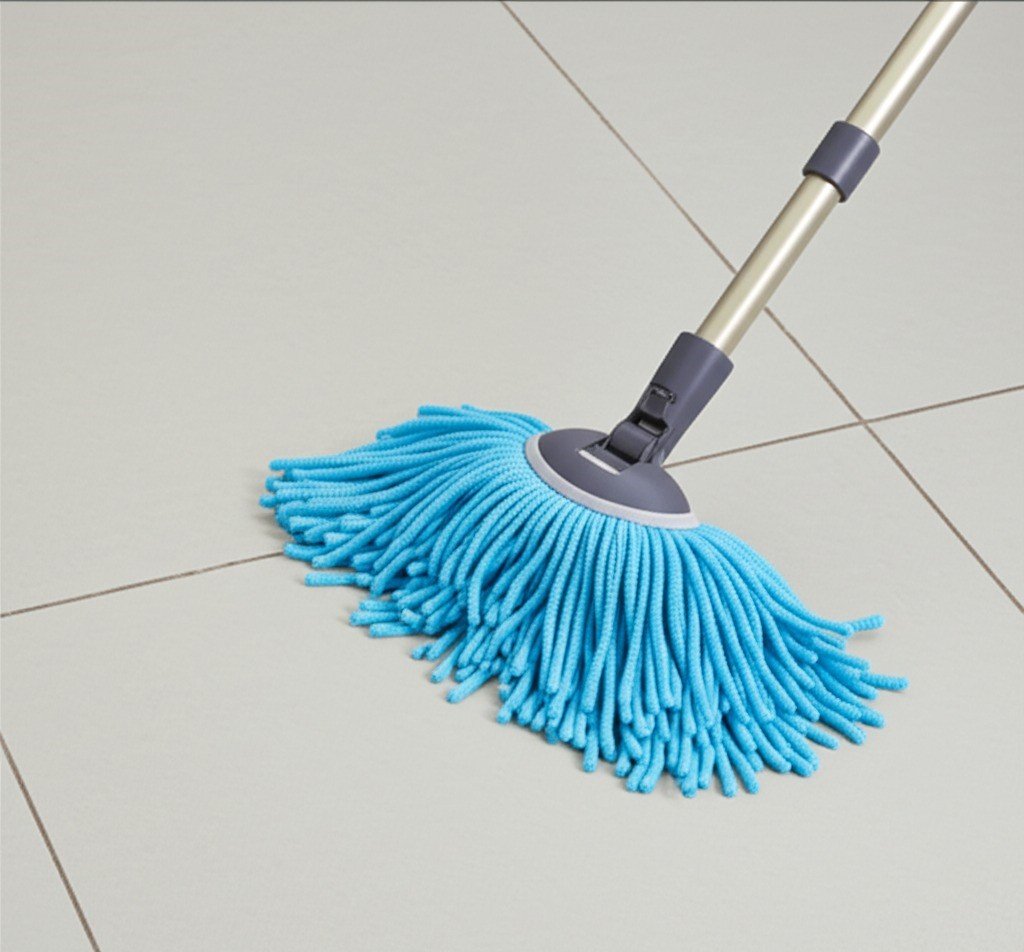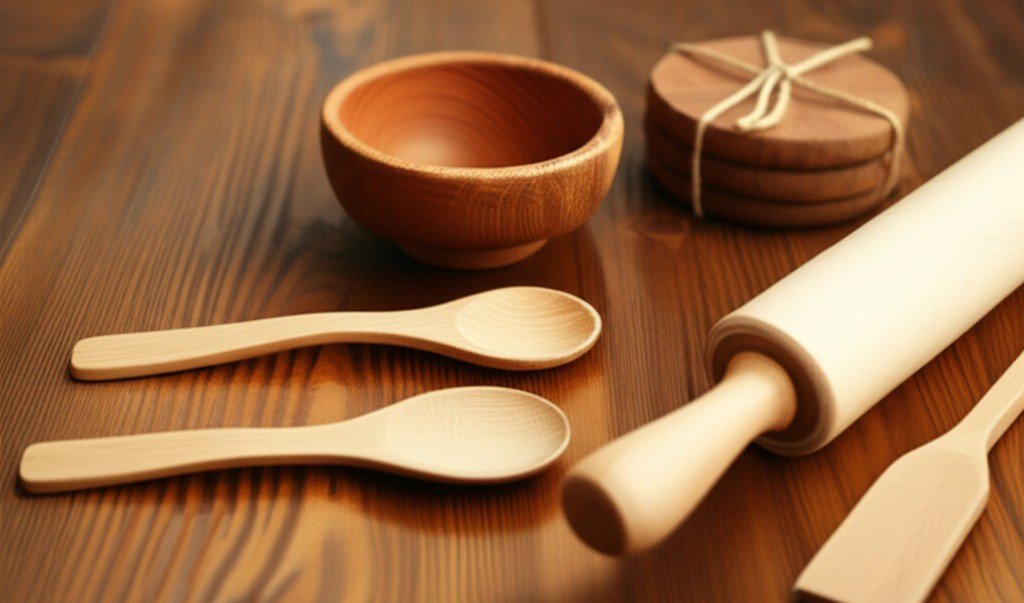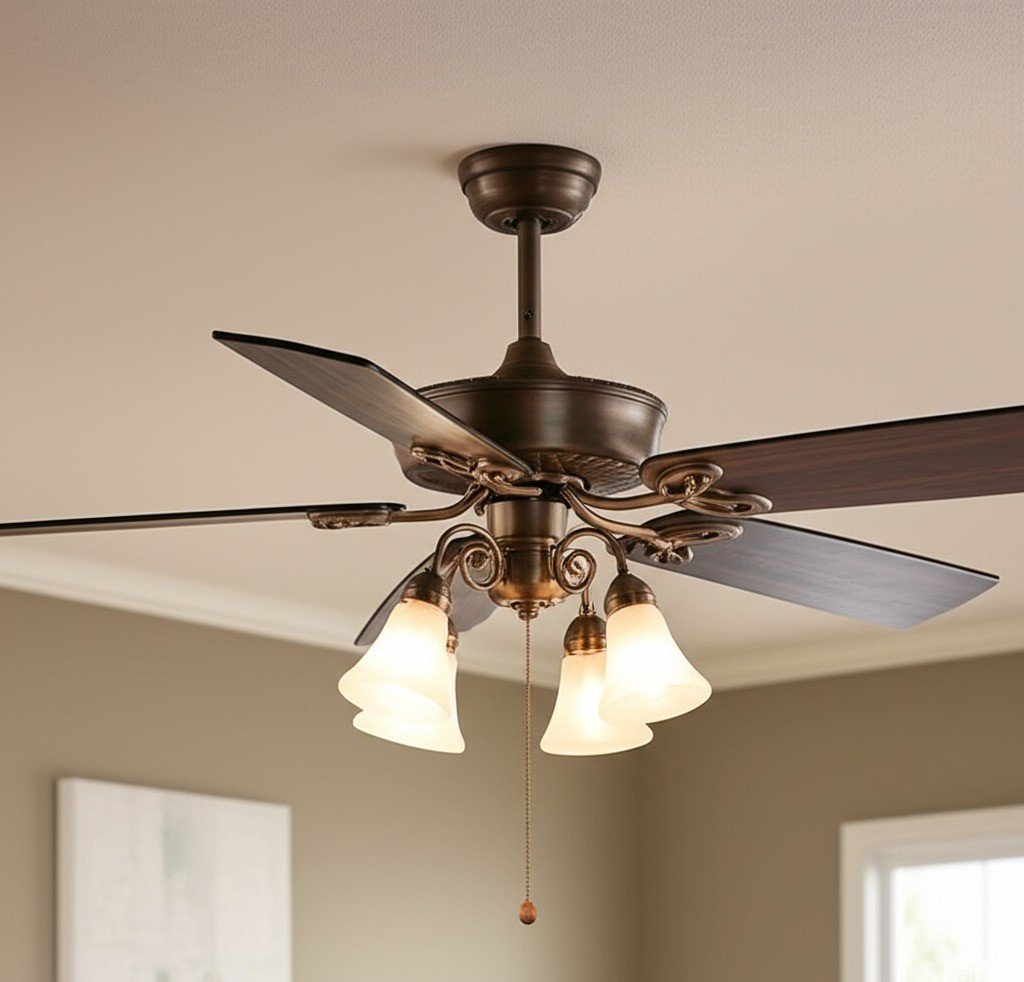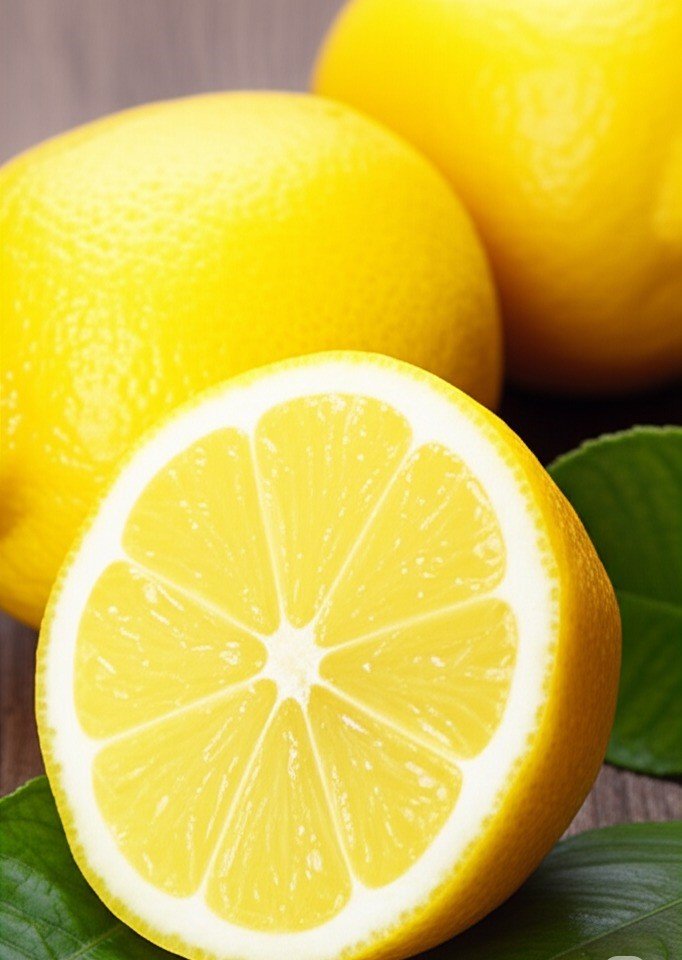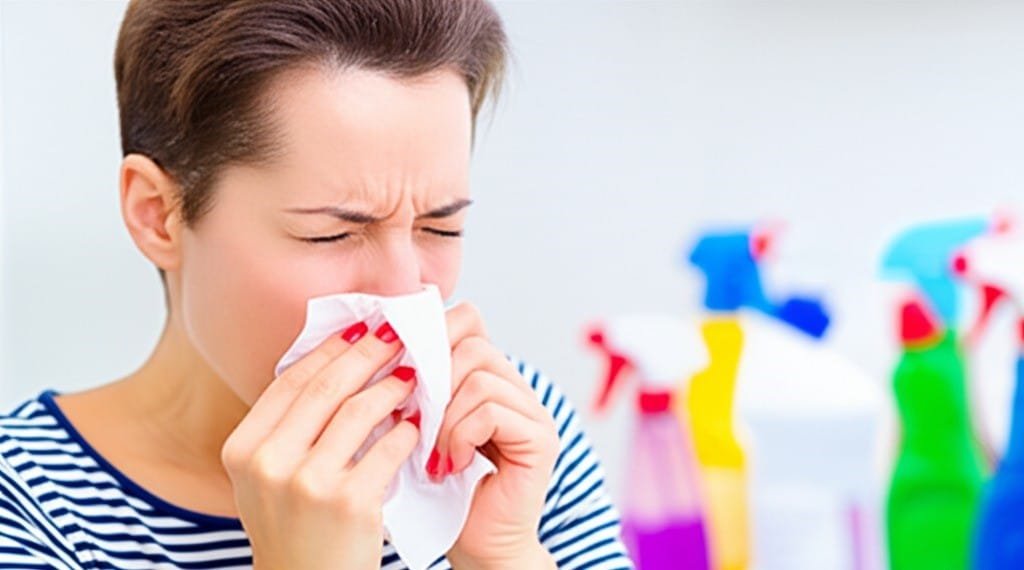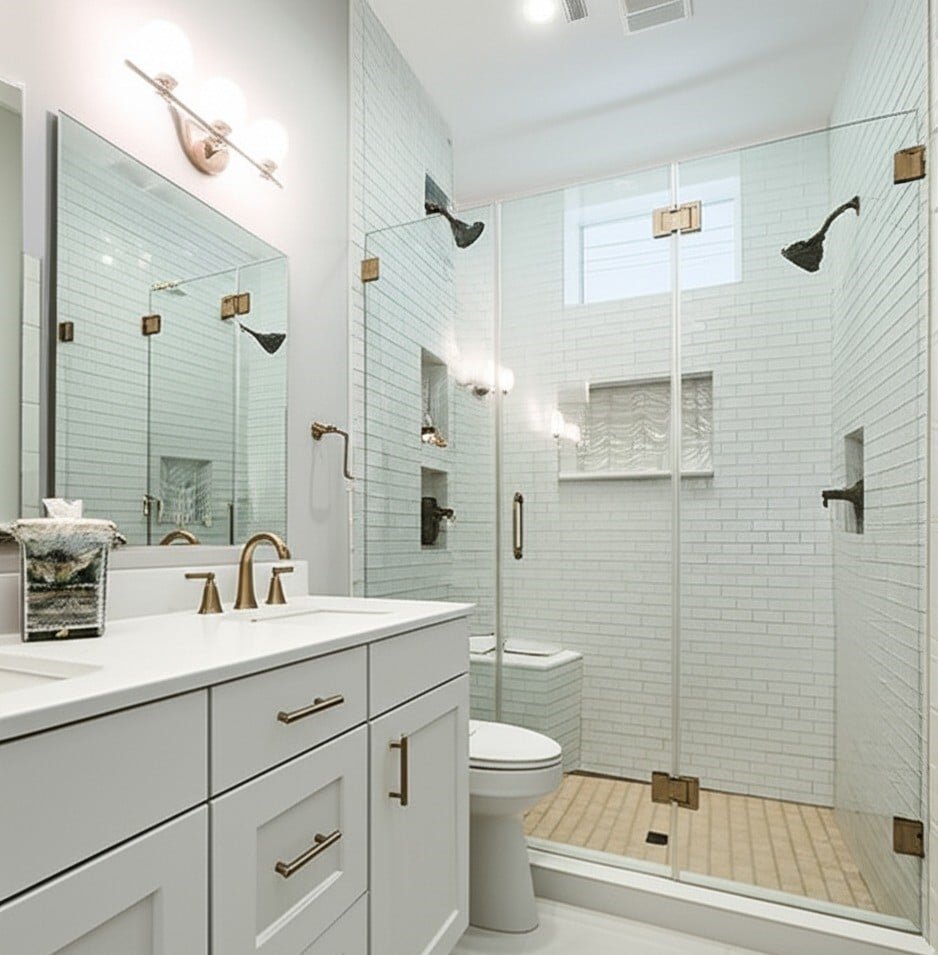Microfiber Mop Cleaning – 4 Tips You Should Know
The microfiber mop itself is a marvel of household science, composed of synthetic fibers, typically a blend of polyester and polyamide (nylon), that are split into strands much finer than a human hair. This extreme fineness dramatically increases the surface area of the material. A single microfiber mop can contain hundreds of thousands of these tiny fibers, creating an intricate network that can interact with dirt, dust, and liquids on a microscopic level. Unlike traditional cotton fibers, which tend to push dirt around or require significant amounts of water and cleaning chemicals to break it down and absorb it, microfiber works through a combination of mechanical action and electrostatic attraction. The split fibers have a positive charge that naturally attracts negatively charged dust particles, effectively lifting and trapping them inside the mop rather than simply displacing them. 1.Microfiber Mop When a microfiber mop glides over a surface, these numerous fine fibers act like tiny hooks and paddles. They reach into the microscopic pores and crevices of your floor, areas that thicker cotton loops or sponge surfaces often can’t reach. This allows them to physically dislodge and trap dust, dirt, allergens, pet dander, and even bacteria. The density of the fibers means that significantly more particles can be picked up and trapped by a microfiber pad compared to its conventional counterparts before it needs to be rinsed or replaced. This superior particle collection is one of the main reasons why microfiber mops are so effective at cleaning. For dry cleaning or dusting, a microfiber mop is exceptionally effective. When used dry, the electrostatic properties of the fibers are maximized. As the mop head passes over the floor, it creates gentle friction that increases its ability to attract and trap fine dust and allergens. This makes it an ideal tool for daily maintenance of hard floors, quickly removing the layer of dust that can build up and tarnish the appearance of the floor or trigger allergies. It is far more efficient than a traditional broom, which often sends fine particles suspended in the air, only to have them settle back down later. When it comes to wet cleaning, the microfiber mop continues to outperform. The material is highly absorbent, capable of holding many times its weight in water, but releases the liquid more evenly and requires less water overall to get a clean floor. For most cleaning tasks, a microfiber mop needs to be just damp, not soaking wet. This controlled application of moisture is crucial for water-sensitive floors such as hardwood and laminate, as it cleans effectively without the risk of water damage, warping or staining. The capillary action of the fibres helps to draw liquids and airborne dirt into the mat. Because less water is used, floors also dry significantly faster, reducing slipping hazards and the time until the room can be used again. 2.Hot Water The implications for hygiene are substantial. Studies have shown that microfiber mops can remove a significantly higher percentage of bacteria from surfaces compared to cotton mops, even when used with water alone. The fine fibers are more effective at physically removing and capturing microbes. When used with a disinfectant, microfiber provides better contact with the surface and a more even distribution of the cleaning agent, further improving sanitation. This makes microfiber mops an excellent choice for homes with children, pets, allergy sufferers, or anyone concerned about maintaining a truly clean environment. In addition to their cleaning power, using microfiber mops has a number of practical benefits. Reducing the reliance on harsh chemicals is a significant benefit for both indoor air quality and the environment. Hot water is often sufficient for effective cleaning with a microfiber mop, or a very dilute solution of a mild, pH-neutral cleaner can be used for tougher stains. This minimizes chemical residue on floors, which is safer for occupants and pets, and reduces the amount of chemicals that enter waterways. Water conservation is another key environmental and economic consideration. Traditional cleaning methods with microfiber mops can consume large amounts of water, both for the cleaning solution and for rinsing the mop. Microfiber’s ability to clean effectively with minimal moisture dramatically reduces water usage. Not only does this conserve a precious resource, it can also lead to lower utility bills. 3.Cleaning Mop Head Durability and reusability are hallmarks of quality microfiber mop pads. Unlike disposable mop sheets that contribute to landfill waste, or cotton mop heads that can degrade relatively quickly and harbor bacteria if not properly laundered and dried, microfiber pads are designed to withstand hundreds of washing cycles without losing their cleaning effectiveness. This longevity makes them a more economical choice in the long run, despite a potentially higher initial investment for a good quality system. Proper care, involving regular machine washing (without fabric softener or bleach) and air drying or low-heat tumble drying, will extend their lifespan considerably. Ergonomically, microfiber mops are generally lighter and easier to maneuver than their bulkier, water-laden traditional counterparts. Flat microfiber mops, the most common type for floors, often feature swivel heads that allow for easy cleaning under furniture and around obstacles. The reduced effort required to push the mop and the lesser need to frequently change heavy buckets of water can significantly reduce physical strain for the user, making the cleaning process less arduous and more efficient. The versatility of microfiber extends to the variety of pads available. Different weaves and textures are designed for specific tasks. For instance, pads with a looped construction are excellent for general-purpose cleaning and dust mopping. Pads with denser, more aggressive scrubbing strips woven in are ideal for tackling sticky spills or more stubborn dirt on resilient flooring like tile or vinyl. Some pads have fringed edges that are particularly good at capturing larger debris and reaching into corners. This ability to switch out pads tailored to the cleaning challenge at hand, or for different floor types within a home, adds another layer of efficiency. When selecting a microfiber mopping system, consider the mop head’s
Microfiber Mop Cleaning – 4 Tips You Should Know Read More »
